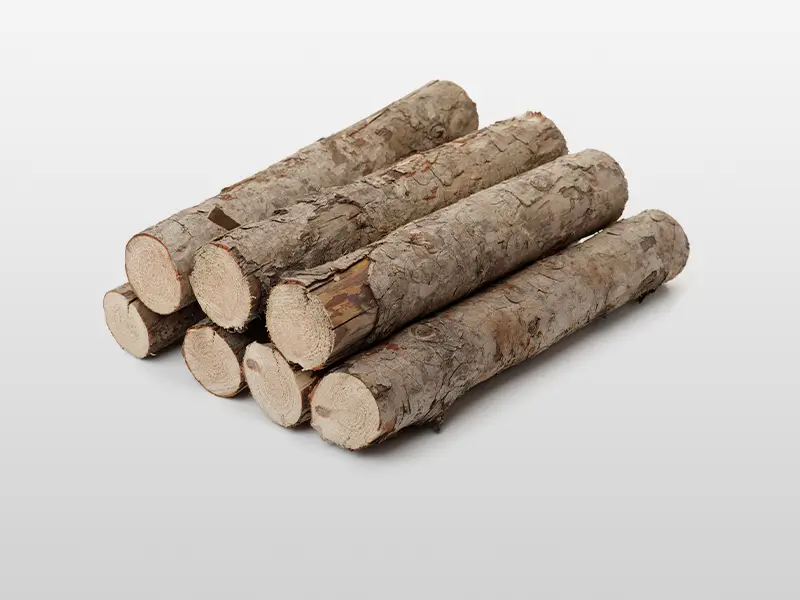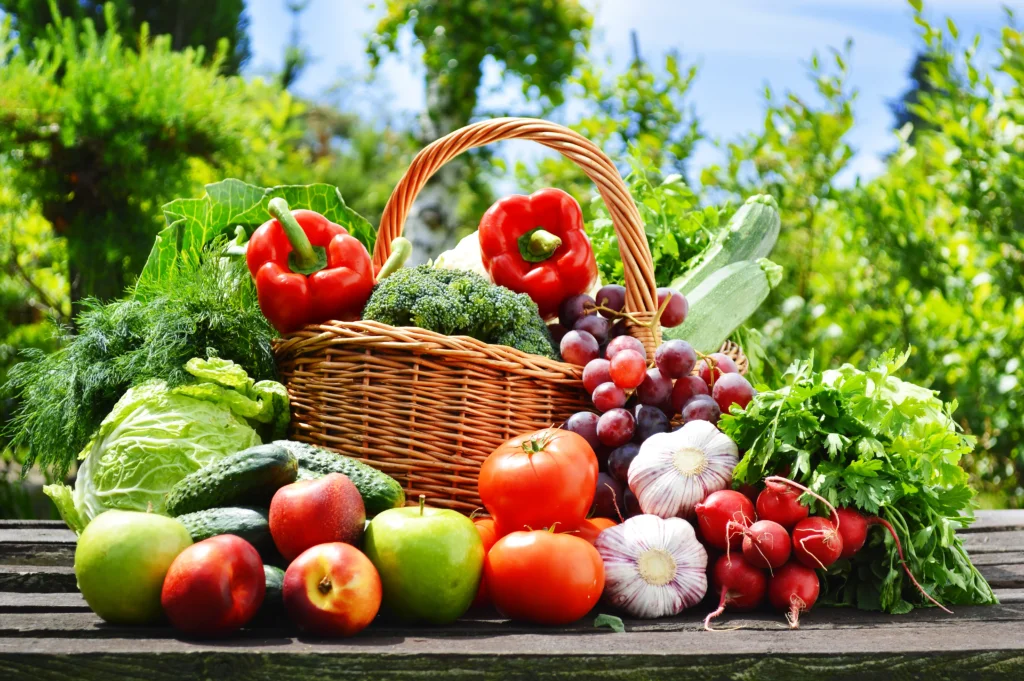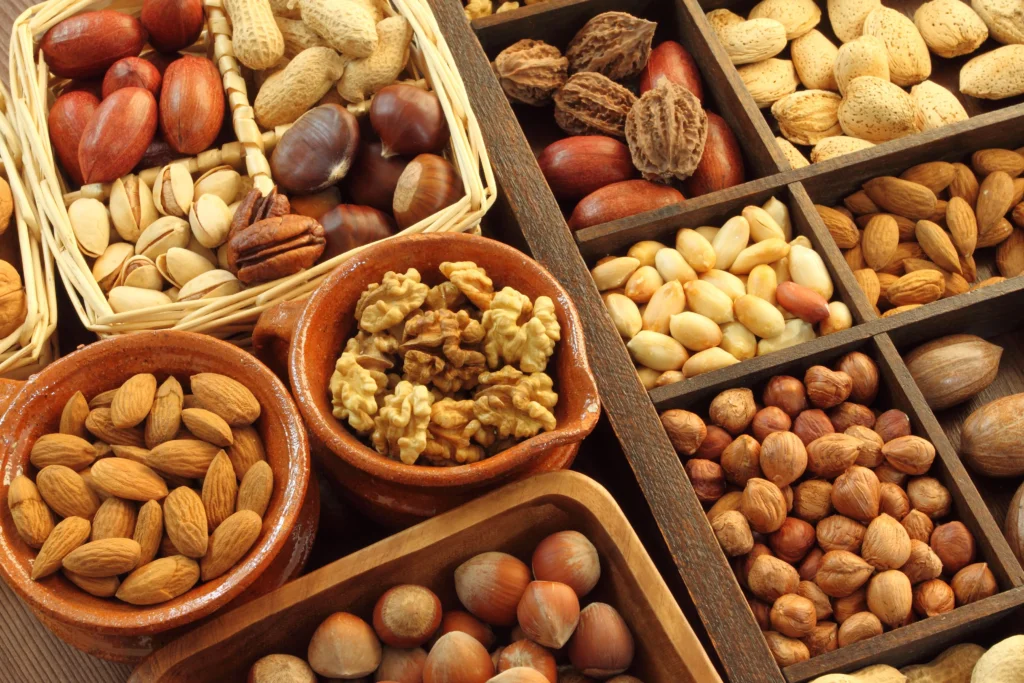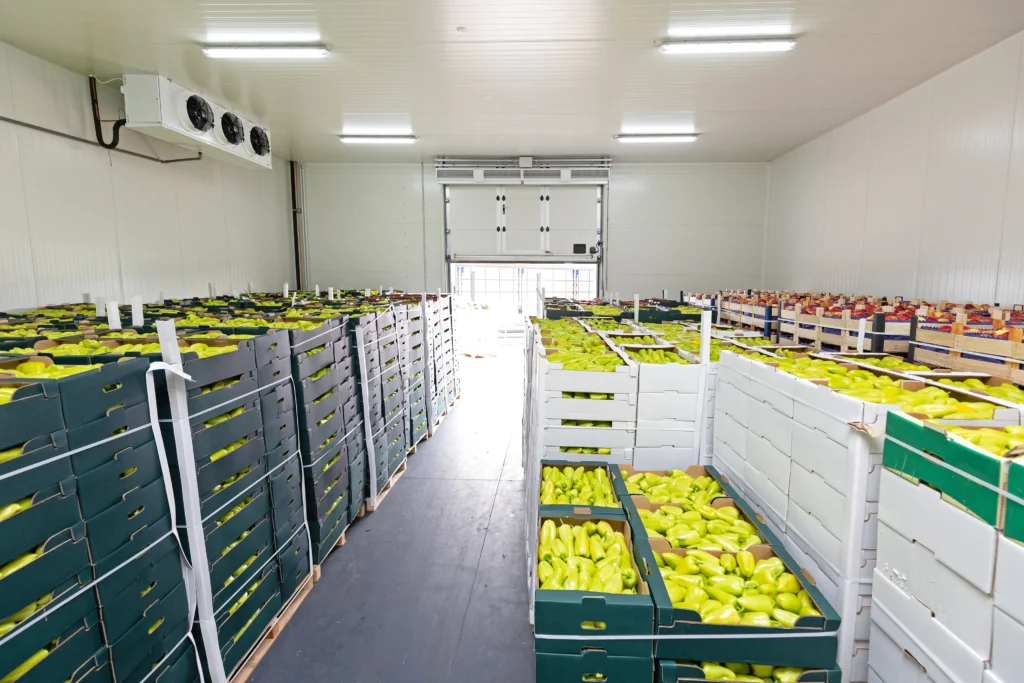Activated Carbon For Food Preservation
.webp)
Buy Food Preservation Activated Carbon
Industry Challenges
Regulatory Fragmentation
- Inconsistencies among regulations around the globe complicate the ability to remain compliant. Some regions permit activated charcoal as a food colorant, while some allow it to be used in food indirectly (e.g., as a filter in packaging) but not allow in food otherwise. These differences in regulation make it difficult to market and formulate products internationally!
Non-selective Adsorption
- Its indiscriminate adsorption behavior removes both target contaminants (ethylene, odors) and beneficial compounds (nutrients, flavor molecules), potentially diminishing nutritional value or altering sensory profiles in preserved foods.
Process Integration Constraints
- Optimizing contact time and loading ratios without compromising food texture/solubility requires tailored solutions for different products. Post-application residue removal also adds operational complexity.
Quality Standardization Gaps
- Inconsistent definitions of "food-grade" specifications across suppliers lead to variable purity levels and performance reliability, hindering quality assurance and large-scale adoption.
Material Limitations
- Conventional activated carbon faces capacity saturation during long-term storage, while regeneration isn't feasible for direct food contact applications, limiting extended effectiveness.
related types of activated carbon
-r8fslg51nt6wgjtvh6yldxb1gtkgm3lpe0oq1akgog.webp)
- Iodine Value: 600-1200
- Mesh Size: 1×4/4×8/8×16/8×30/12×40/20×40/20×50/30×60/40×70 (More size on request)
- Apparent Density: 400-700
-r8fsli0q1h9h3rr567ruiwtynlb71ht629zozuhoc0.webp)
- Iodine Value: 500-1300
- Mesh Size:0.9-1mm/1.5-2mm/3-4mm/6mm/8mm(More size on request)
- Apparent Density: 450-600
-r8fslbfupn0gui0p8mxgjghqhw7mjm31pdfamwrfjk.webp)
- Iodine Value: 500-1300
- Mesh Size: 150/200/300/350 (More size on request)
- Apparent Density: 450 – 550
-r8fsle9da54btbwls65c8xs4a1tq6pe8prdr2qn90w.webp)
- Iodine Value: 400-800
- Mesh Size: 100×100×100mm/100×100×50mm (Custom cell density on request)
- Apparent Density: 350-450
- Bore Diameter:1.5-8mm

- Iodine Value: 700-1200 mg/g
- Surface Area: 700-1200 m²/g
- Apparent Density: 320-550 kg/m³

- Iodine Value: 700-1200 mg/g
- Surface Area: 700-1200 m²/g
- Apparent Density: 320-550 kg/m³

- Iodine Value: 700-1200 mg/g
- Surface Area: 700-1200 m²/g
- Apparent Density: 300-650 kg/m³

- Iodine Value: 700-1200 mg/g
- Surface Area: 700-1200 m²/g
- Apparent Density: 320-550 kg/m³

- Activation Method: Steam/gas activation at high temperatures
- Pore Structure: Microporous-dominated, uniform pore distribution
- Environmental Profile: Chemical-free, low ash content
- Primary Applications: Gas-phase adsorption, drinking water purification

- Activation Method: Chemical activation (e.g., H₃PO₄/ZnCl₂) at moderate temperatures
- Pore Structure: Mesoporous-rich, higher surface area
- Process Efficiency: Shorter activation time, 30-50% higher yield
- Post-Treatment: Acid-washing required to remove residues

- Functionalization: Loaded with active agents (e.g., I₂/Ag/KOH)
- Targeted Adsorption: Enhanced capture of specific pollutants (e.g., Hg⁰/H₂S/acid gases)
- Customization: Chemically optimized for target contaminants
- Core Applications: Industrial gas treatment, CBRN protection
Why You Need Our Activated Carbon

Superior Adsorption Selectivity:
Engineered pore structures specifically target ethylene gas and spoilage volatiles while preserving essential nutrients and flavors.

Food-Grade Safety Compliance:
Produced under strict quality protocols meeting international food contact regulations with certified heavy metal-free composition.

Sustainable Material Sourcing:
Derived from renewable biomass waste streams like coconut shells ensuring environmental responsibility.

Consistent Performance Reliability:
Uniform particle size distribution and surface chemistry guarantee predictable adsorption efficiency across batches.

Technical Application Support:
Customizable solutions with expert guidance for seamless integration into your preservation systems.
Process and Technolog
1.Ethylene Adsorption in Fruit & Vegetable Storage
Solution Overview
Cold storage units or transportation containers use activated carbon filters or sachets, which adsorb ethylene gas that is a ripening hormone in produce and causes spoilage. Activated carbons from biomass (like from coconut shells or olive stones) have been treated to maximize their adsorption capacity and allow regenerability.

Key Advantages
- Extended Freshness: Significantly delays over-ripening and decay by reducing ambient ethylene concentrations.
- Sustainable Sourcing: Utilizes agricultural waste (e.g., coconut shells, olive stones) as raw materials, promoting circular economy principles.
- Reusability: Retains adsorption efficiency after regeneration cycles, reducing waste generation.
2. Odor and VOC Removal in Storage Environments
Solution Overview
Activated carbon sachets or panels are used in refrigeration units, in warehouses, or packaging to adsorb volatile organic compounds (VOCs), microbial metabolites, and odors (i.e. ammonia, aldehydes) that contribute to the deterioration of food quality.

Key Advantages
- Multicomponent Adsorption: Simultaneously targets diverse spoilage-inducing gases (e.g., formaldehyde, ethanol) through non-selective physical adsorption.
- Preserved Sensory Quality: Prevents flavor contamination and maintains original taste/aroma by eliminating volatile off-flavors.
- Chemical-Free Preservation: Avoids synthetic additives, ensuring no residue on food surfaces.
3. Humidity Control in Dry Food Storage
Solution Overview
Granular activated carbon (e.g., binchotan charcoal) is embedded in storage containers for grains, rice, or dried goods to adsorb excess moisture and inhibit mold growth or insect infestation.

Key Advantages
- Moisture Regulation: Maintains optimal dryness levels to prevent caking, clumping, or microbial proliferation.
- Dual Functionality: Combines humidity control with adsorption of musty odors or lipid oxidation volatiles (e.g., in nuts or cereals).
- Non-Toxic Operation: Safe for direct contact with dry foods without leaching harmful substances.
4. Packaging Material Integration
Solution Overview
Active packaging incorporates activated carbon layers or inserts (e.g., sachets, films) within MA (Modified Atmosphere) packaging systems to scavenge ethylene, oxygen, or odors during transit and retail display.

Key Advantages
- Synergy with MA Technology: Enhances gas composition stability by complementing oxygen/CO₂ modifiers, prolonging shelf life.
- Space-Efficient Design: Thin films or micro-sachets minimize bulk while maximizing gas contact surface area.
- Broad Compatibility: Adaptable to flexible/rigid packaging formats for fruits, meats, and dairy products.
5. Food Processing Byproduct Purification
Solution Overview
Activated carbon columns or batch treatments are used to decolorize or deodorize liquid food extracts (e.g., fruit juices, peptide hydrolysates) by adsorbing pigments, bitter compounds, or residual aromatics.

Key Advantages
- Selective Refinement: Removes unwanted components (e.g., aromatic amino acids in peptide solutions) while retaining functional nutrients.
- Process Flexibility: Adjustable pore structure and surface chemistry allow customization for specific solute adsorption.
- High Purity Output: Produces clear, neutral-tasting ingredients suitable for functional foods.
6. Advanced Preservation Systems with Catalytic Components
Solution Overview
Hybrid systems combine activated carbon beds (e.g., bamboo charcoal-based composites) with UV irradiation or catalytic metals (e.g., TiO₂) to decompose adsorbed VOCs via oxidation, enhancing regeneration and efficacy.

Key Advantages
- Destructive Adsorption: Converts harmful gases (e.g., ethylene, aldehydes) into CO₂ and water via catalytic breakdown, preventing saturation.
- Energy Efficiency: UV-triggered reactions operate at ambient temperatures, reducing energy use versus thermal regeneration.
- Scalable Configuration: Modular designs enable deployment in small storage units to industrial cold rooms.

